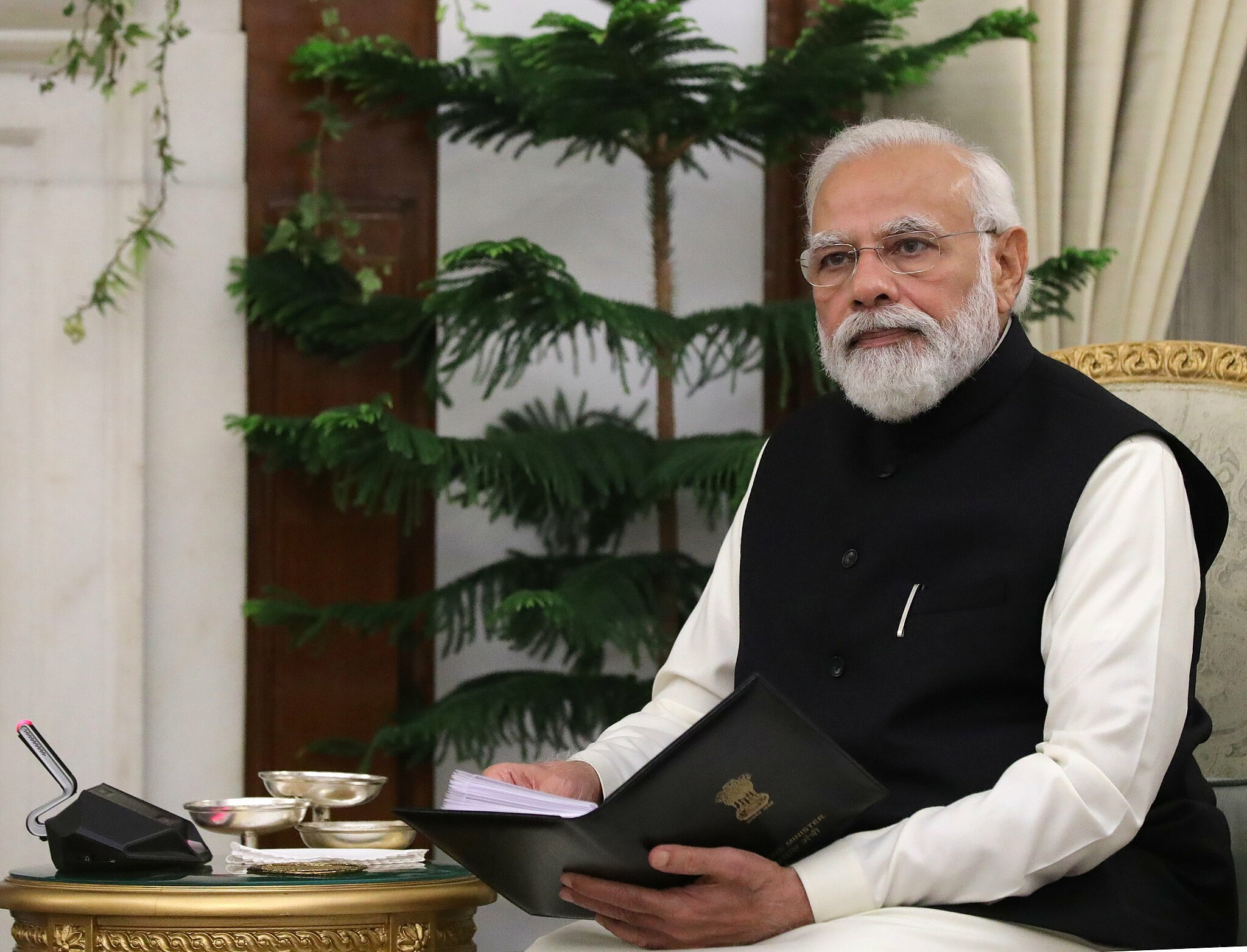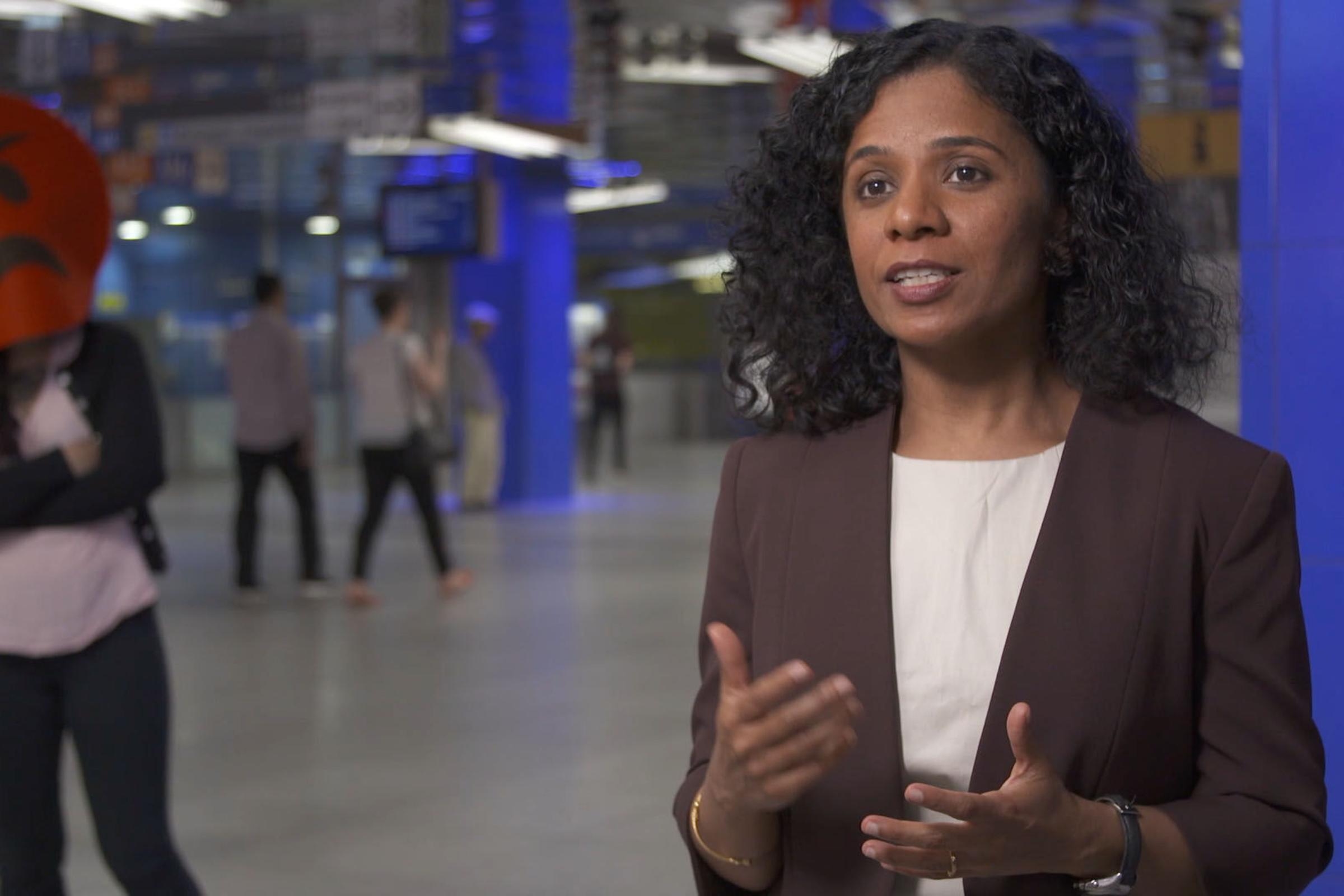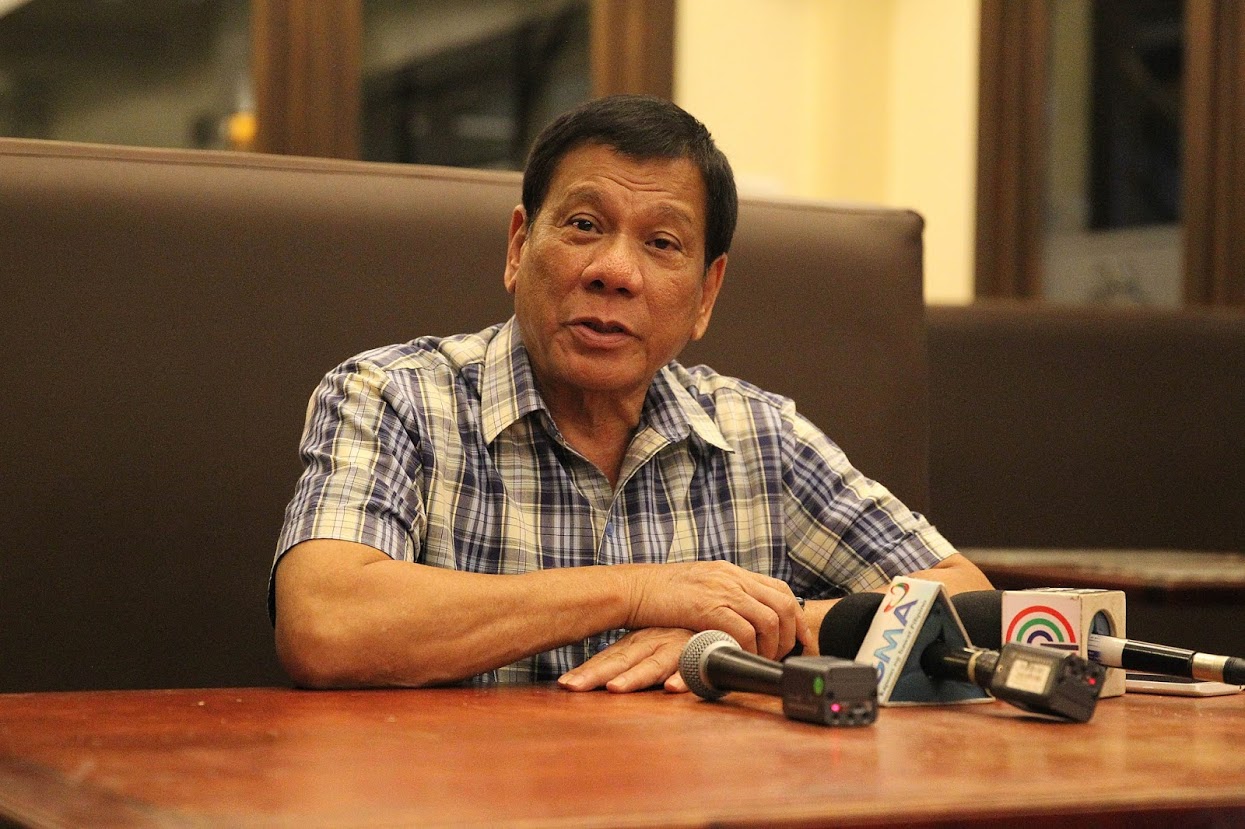By Dr Wagner Alves da Silva*
The political conditions that led to the emergence of Jair Messias Bolsonaro as the President of the Republic of Brazil have been the topic of much discussion. The disillusionment with institutional politics, the growing distrust in the political world following consecutive corruption scandals, the economic crisis, and the centrality of religion in the shaping of political life were all factors discussed in explaining the 2018 elections in which Brazil elected Jair Bolsonaro. In his 2022 bid, Bolsonaro, despite his disastrous handling of the Brazilian economy and his lacklustre response to the Covid-19 pandemic, managed to garner a significant number of votes. Bolstered by wealthy, pro-gun, and business-minded voters, the former leader lost by only a narrow margin: 49.10% compared to President Luiz Inacio Lula da Silva’s 50.90%.
When considering his government’s performance this narrow loss becomes even more remarkable. The Brazil that returned to the hunger map is, to some extent, the same Brazil that nearly re-elected the president during this grim period. Despite the financial mismanagement, corruption allegations, and the use of democratic institutions for private purposes, the former president demonstrated effectiveness in building an unwavering image among his most loyal supporters, portraying himself as someone who acts as needed and speaks what must be said, even in a jesting manner. Central to this image was Bolsonaro’s use of his own corporeal body to reflect his populist politics, constructed through resonances between memory, culture, and society.
In this article, I explore the central role of Bolsonaro’s body in the production of the leader’s image and how it connects to modes of government. The use of the leader’s body as the locus of power, a common tactic in populist strategies, finds in the construction of Bolsonaro a fundamental paradox: it is the exposure of the wounded body, the skin scarred by a knife attack, public displays of hospitalization showing him inundated with breathing tubes on an operating table, constructs this bodily “myth” This public display of a grotesque, injured body corporealizes in itself the popular will under attack, but still surviving and struggling towards victory. The body serves as both the metaphor and the residence of power.
A Simple Man with a Grotesque Body
The visual self-representation of Bolsonaro as a simple ordinary man, his performance as an alpha male, and his choice of clothing due to extraordinary social conditions reinforce the notion that he is a leader born out of the masses who rose to power due to extraordinary social conditions. However, the conditions of using his body in the construction of this image are ambiguous. While performing his masculinity and strength as the nation’s warrior, he displays his wounded body and his hospitalizations to his millions of followers. But make no mistake. This is not a display of weakness but is instead the masterful juxtaposition of his (the leader’s) body as the national body itself, both under attack by the “powerful”, yet unwavering in its dedication to serve. The wounded body is crucial in the juxtaposition between the leader’s body and the national body: both wounded by the will of the “powerful” to thwart the will of the people, the “giant” that has awakened.
By building such a bodily image, he aligns himself with the contemporary political desire for horizontalism and rejection of norms and the political system and he comes to inhabit a body that is both the residence of power and a reminder of the struggle for it. A body that is unity and threat, aggregation and disjunction. Hence the need to explore both dimensions of myth production through images.
During his presidential mandate, images of him wearing sweatpants and flip-flops, eating in local restaurants, and having daily conversations with his enthusiastic followers in front of the Palácio do Planalto were evidence of his simplicity and the extraordinary circumstances that brought him to power. But whenever he encountered problems in public administration and a decline in support, President Bolsonaro, with his team and supporters, created smokescreens to dodge issues at hand using images and social media posts. For instance, they continued to exploit the 2018 stabbing incident to portray the politician as a victim persecuted by the ‘system’ and political elites even going as far to seemingly staged situations.
In these situations, photos revealed doctors without gloves, the presence of photographers in spaces that should have been controlled due to the risk of infections, and inadequate patient attire, suggesting that if the scenario were real, serious errors were being made for the sake of a photo opportunity.
The attack created a tension-filled political atmosphere amidst an already polarizing presidential campaign. Bolsonaro fuelled the perception that he was being targeted for the simple reason of wanting to protect his beloved people.
One definition of populism emphasizes political strategies that create identification between the leader and the people through mobilising visual elements, habits, and lifestyle in constructing the ‘mythical’ image. In this regard, Bolsonaro is not alone. The Global South is rife with leaders who utilize populist strategies that aligned with the former Brazilian President’s populist tactics. Both Rodrigo Duterte, the former President of the Philippines, and Bolsonaro portray themselves as warrior figures with strong masculine qualities and habits. However, Bolsonaro introduces an intriguing element by also dramatising his scars obtained in the stab episode during the electoral campaign in 2018. In contrast, Indian Prime Minister Modi’s use of his body symbolises his connection to the cosmos and his distancing from earthly pleasures, despite using expensive clothes and presenting himself as a tea seller. While Bolsonaro projects an image of the warrior and macho, he also displays himself as wounded and unwell, creating a unique convergence of the people’s will with his physicality in politics. This interplay between his body, the desires of the populace, and the attack on his body serves as a complex narrative related to popular will, progress, and the fight against corruption.
Bolsonaro began 2023 by breaking protocol and refusing to attend Lula’s inauguration. Instead, he travelled to the United States, where he was during the 8 January riot, when hundreds of his supporters stormed into and vandalised the presidential palace, Congress, and Supreme Court. Amid expectations of a statement from the former president on the insurrection, he posted a photo on the evening of 9 January on his Twitter account, announcing his hospitalization due to complications from the 2018 stabbing. He did not comment on his supporters’ attacks on government buildings or the significant material and immaterial damage they caused to public property. His body was needing care at the very time that the national body was facing problems.
Images, Propaganda, and “Authenticity” in Myth-building
If the leader’s body is the centre of power itself, then the image of Bolsonaro in the arms of the crowd in 2018 seconds before being stabbed represents the people controlling power. The stabbing, thus, appears as an attack on the power of the people (Mendonça & Caetano, 2020). Likewise, the constant images of Bolsonaro in the hospital serve not only to stabilize his position as a victim but also to reinforce the notion of a power struggle between the political establishment and the people. That’s precisely where the grotesque takes place.
All these images of Bolsonaro, first as a leader in the arms of the people and then as a survivor of the attack, consolidate what Theodor Adorno called the ‘jargon of authenticity.’ Bolsonaro is a career politician who had served as a representative for Rio de Janeiro in the National Congress for decades, counting on a niche of militaries and police officers as his voters. His expressive increase in nationwide popularity as an outsider against the establishment owes much to the performance of authenticity on social media, similar to what so-called influencers employ as a commercial advertising strategy.
Bolsonaro demonstrated supposed transparency by establishing a direct connection with voters, emphasizing the importance of their involvement in winning the election and overcoming those he described as “enemies of the people.” His authenticity was further demonstrated in weekly live broadcasts on social media, in which the President discussed the week’s tasks, and the political challenges of his government, and complained about the challenges and deprivations imposed by his position. Like any other Brazilian, Bolsonaro complained about work (defining it as hell). He claimed to be tired and deprived of even enjoying a simple “sugar cane juice,” all while mobilizing his enthusiasts in support of his administration.
Despite the interesting constructions surrounding the authenticity and transparency of the candidate, what has not yet been explored is the use of the shocking, visceral aspect of the exposure of his body. The liquid diets to which he was subjected following numerous surgeries resulting from the attack and the use of tubes and a colostomy bag were shared on the politician’s social media. In response to criticism, his son, one of the main architects of his communication strategies, posted on Instagram, stating that his father was not a populist but rather a popular figure, and that those who mocked his health situation considered themselves superior to life’s challenges and inevitabilities, labeling them as “chic and elegant.”
The fragility of the politician’s body during the campaign did not, however, signify his political weakness or temporary incapacity to exercise power. On the contrary, what appears to have occurred was the construction of a correlation, a parody, between Bolsonaro’s body and the body of the nation, a parody that was used during the COVID-19 pandemic to justify government actions. The wound, the medical tube, the presence of air in the stomach, and the reminder of mortality all served to justify the persistence of the politician’s body as a reaggregator of the national fabric and the “good people.”
This populist rhetoric was in line with social media utilization strategies, fundamentally embodying a fundamental contradiction in the construction of his image: ordinary and extraordinary, common and mythological. As a parody of power, the leader and his ordinary life serve as the foundation for the creation and justification of the myth, as it unveils, through the ordinary life, the extra-cosmic element that constitutes him as a leader.
Returning to the initial question of this article regarding the success of visual mobilizations in different campaigns, it is possible to assert that the use of images has become central in contemporary political marketing. As a myth, Bolsonaro exists in a specific atmosphere where his body talks for itself; that is why he still goes on in his photo posts on social media. The production of new clicks and narratives keeps rolling on.
Catching Up
The article delved into the complex and captivating image-building tactics employed by Jair Bolsonaro, the Brazilian former President. It explored the centrality of Bolsonaro’s body in shaping his political persona. I emphasised the paradox of presenting himself as a ‘simple man’ with a grotesque body while maintaining a strong and resilient image.
By using his wounded body, scars, and medical episodes, Bolsonaro strategically aligns himself with the desires for horizontalism and authenticity in contemporary politics, effectively connecting with his supporters. Bolsonaro’s visual self-representation and the exploitation of his medical complications serves to create an image that is both ordinary and extraordinary, common and mythological. This paradoxical self-presentation has been leveraged to strengthen his position and maintain the perception of a power struggle between the political establishment and the people, all within the context of a populist rhetoric.
*Dr Wagner Alves da Silva is an ERC doctoral researcher at the UCD School of Geography. He has a PhD in Social Anthropology from the National Museum, Federal University of Rio de Janeiro.
Published on 1 November 2023
Image source: Google Images. Open Source / Palácio do Planalto






